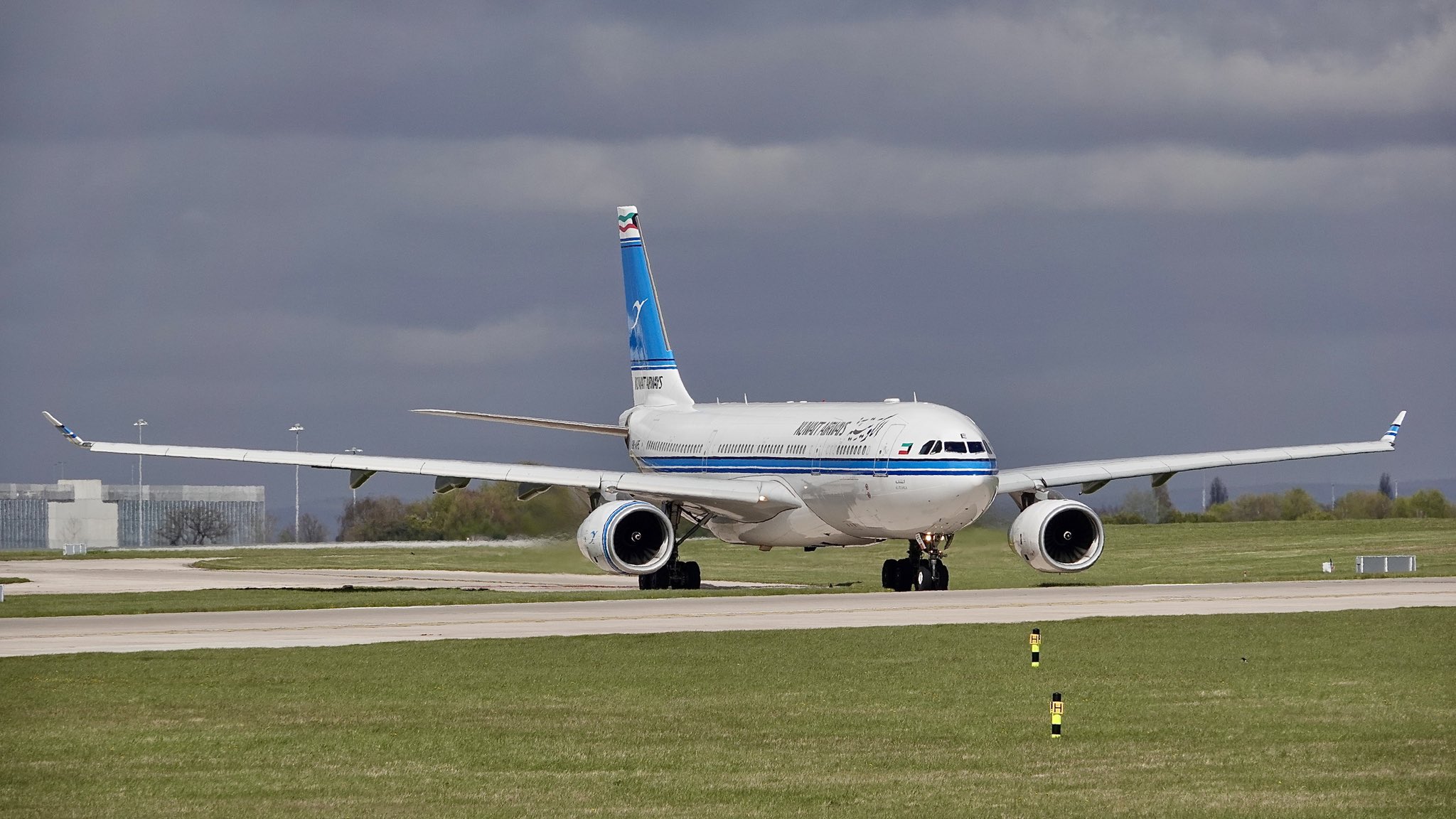
Kuwait Airways and Emirates have entered into a significant partnership by signing a Memorandum of Understanding (MoU) at the Arabian Travel Market in Dubai, paving the way for an interline agreement designed to enhance travel connectivity and broaden flight options between Kuwait, the UAE, and beyond.
The agreement was formalized by Kuwait Airways Chairman Captain Abdulmohsen Salem Al-Fagaan and Emirates’ Deputy President and Chief Commercial Officer Adnan Kazim, in the presence of distinguished guests including His Highness Sheikh Ahmed bin Saeed Al Maktoum, Chairman of Emirates Airline & Group, and Sheikh Eng. Humoud Mubarak Al-Humoud Al-Sabah, Kuwait’s civil aviation authority head.

This collaboration will allow passengers to book combined itineraries using both airlines, providing greater access to Dubai as well as Emirates’ extensive global network of over 140 destinations across six continents. Travelers flying with Kuwait Airways will benefit from connections to Emirates’ Premium Economy and redesigned Business Class cabins, while Emirates’ customers will gain access to Kuwait Airways’ modern fleet, known for its advanced onboard entertainment and comfort features.
Captain Al-Fagaan highlighted the importance of this partnership in boosting commercial ties between Kuwait and the UAE, describing Emirates as a vital strategic ally that complements Kuwait Airways’ dedication to delivering high-quality service. Similarly, Adnan Kazim emphasized the shared commitment to enhancing passenger experience by offering more flexible schedules and smoother connections through the interline arrangement.
Emirates has been operating flights to Kuwait since 1989, currently running 29 weekly services with its Airbus A350 and Boeing 777 aircraft, whereas Kuwait Airways, established in 1954, boasts a well-maintained fleet that supports its reputation as Kuwait’s national carrier. Rather than competing directly, the two airlines will leverage their respective strengths-Kuwait Airways’ regional expertise and Emirates’ global reach-to provide passengers with a more comprehensive travel network.
This agreement also reflects the strengthening of bilateral relations between the UAE and Kuwait, as both carriers aim to elevate the standards of aviation in the Middle East. By combining their networks, they expect to increase transit traffic through Dubai, further solidifying the city’s position as a leading international aviation hub.

Looking ahead, industry experts anticipate that this initial interline cooperation could evolve into deeper collaboration such as codeshare agreements or joint loyalty programs, following the successful partnerships Emirates has established with other global airlines. This move aligns with a broader regional trend where airlines use interline agreements as a stepping stone toward more integrated alliances.
Overall, this partnership represents a major advancement in Middle Eastern aviation, merging Kuwait Airways’ regional strengths with Emirates’ worldwide connectivity to offer passengers enhanced convenience and foster economic growth within the region.

 (1).jpg)

 (1).jpg)

.jpg)
.jpg)

.jpg)
 (1).jpg)
 (1).jpg)
.jpg)
.jpg)
.jpg)

.jpg)

 (1).jpg)
.jpg)





.jpg)
.jpg)
.jpg)

.jpg)




.jpg)


.jpg)




.jpg)
.jpg)
.jpg)
.jpg)
.jpg)


.jpg)
.jpg)
 (1).jpg)
.png)
.jpg)
.jpg)